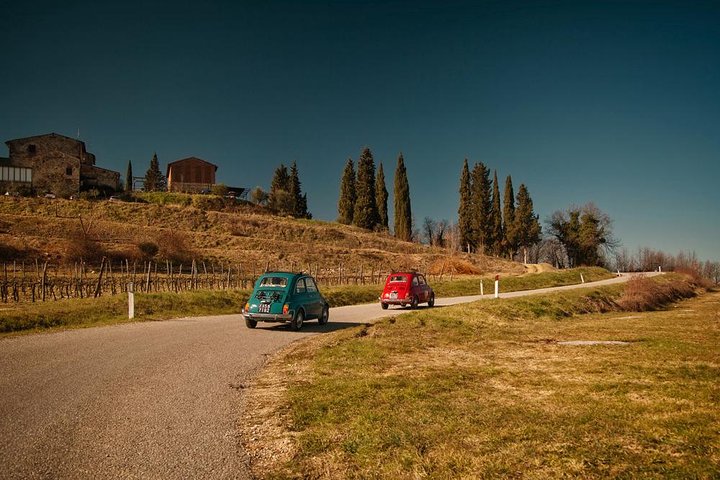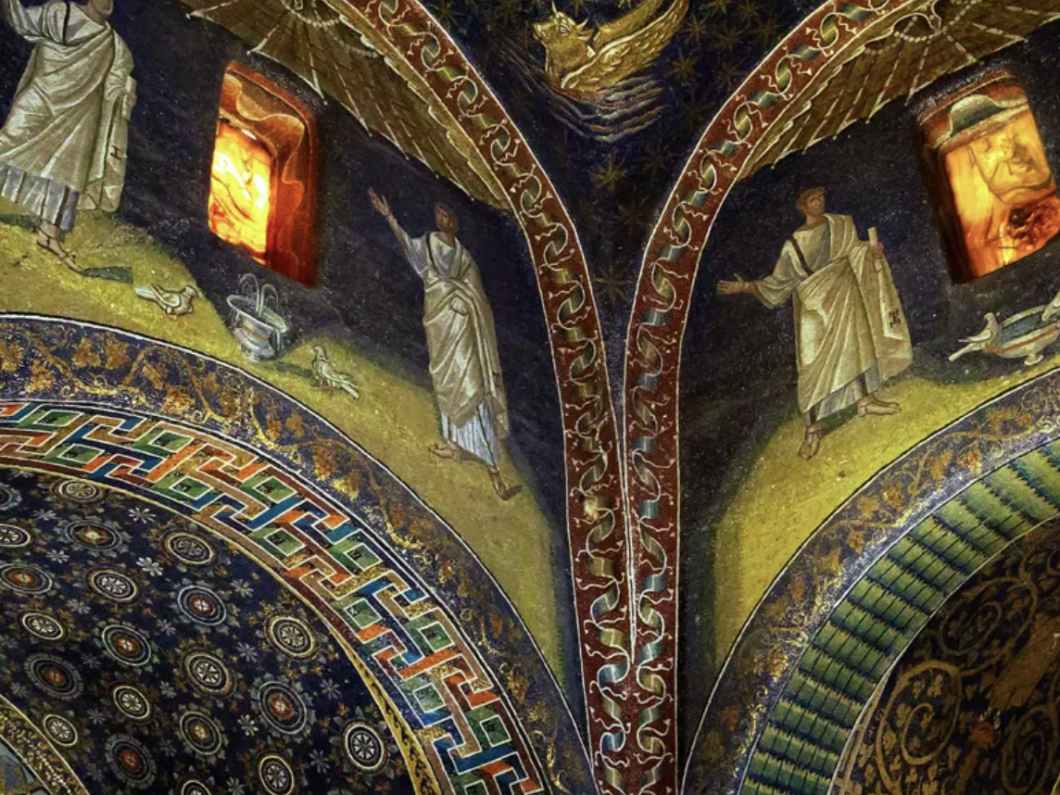Arts & Culture
Food In Italy
Living In Italy
Travel In Italy
Road Trip Italian Style
In season 2 episode 4 of our Italian Life Podcast, we talked about how to take a road trip in Italy! If you missed the podcast or just prefer reading, don’t worry, I’m here for you! I’m going to break it down step by step to help you get the most out of your trip.
Renting A Car
First and foremost, we recommend taking the trains in Italy vs renting a car. The trains in Italy are very easy to use and almost every town/city has a station. Here is a link to buy train tickets in Italy.
However, renting a car is great for small day trips.
Here are a few of our favorites with good ratings:
On top of the fees for renting the car; you’ll also have to budget for gas, and autostrada fees. (In Italy you have to pay to use their highways.) This website will explain the tolls and help you calculate the cost of your trip.
First Stop, Bologna
The first place we recommend on our Italian road trip is Bologna, the capital of the Emilia-Romagna region. Make sure you come with an empty stomach because the pasta Bolgnese is unbeatable. They also have Eataly World, which is basically Disneyland for food lovers. (Yes, please!)
Even though the food is AMAZING, that’s all Bologna has to brag about. There are a few sites you’ll have to see before heading on to the next stop on the road trip.
- Two Towers: The towers of Bologna are a group of medieval structures in Bologna, Italy. The two most prominent ones remaining, known as the Two Towers, are landmarks of the city.
- Piazza Maggiore: The heart of the city, Piazza Maggiore is the result of centuries-old transformations that gradually enriched it with important buildings: the Basilica of San Petronio, the Palazzo dei Notai, the Palazzo d’Accursio, the Palazzo del Podestà and the Palazzo dei Banchi.
- University: This is considered to be the oldest university in the Western world. Its history is intertwined with that of the great names of science and literature, it is a keystone and a point of reference for European culture.
- Ducati Museum: This museum is designed to narrate the history of the company along four different routes that guide the visitor from its origins to the present day.
Ravenna
If you love art, you will love Ravenna. The Byzantine mosaics are some of the most beautiful that you will ever see.
The octagonal Basilica di San Vitale, is a late antique church in Ravenna, Italy. The sixth-century church is an important surviving example of early Byzantine art and architecture, and its mosaics in particular are some of the most-studied works in Byzantine art.
Basilica di Sant’Apollinare Nuovo, this extraordinary mosaic decoration runs through the entire central nave. It is a masterpiece of unparalleled value from a stylistic, iconographic and ideological point of view.
Mausoleo di Galla Placidia is a Late Antique Roman building in Ravenna, Italy, built between 425 and 450. It was added to the World Heritage List together with seven other structures in Ravenna in 1996.
Last Stop, Rimini
Rimini is a city on the Adriatic coast, in Italy’s Emilia-Romagna region. It’s known for its beachside nightclubs and shallow waters. South of the center, the Malatestiano Temple is a 15th-century reconstruction of an old Franciscan church, now a mausoleum for Sigismondo Pandolfo Malatesta, a local nobleman.
Palazzo dell’Arengo was a symbol of freedom and the authority of the city government. The Council of the Rimini People met here in the late Middle Ages.
Arco d’Augusto, built in 27 BCE, the country’s oldest surviving triumphal arch marks the gateway to the city center.
We hope that if you dream of visiting Italy, your dreams come true. And we hope this guide will help you plan for the best Italian road trip.
Listen to the full podcast episode here.

